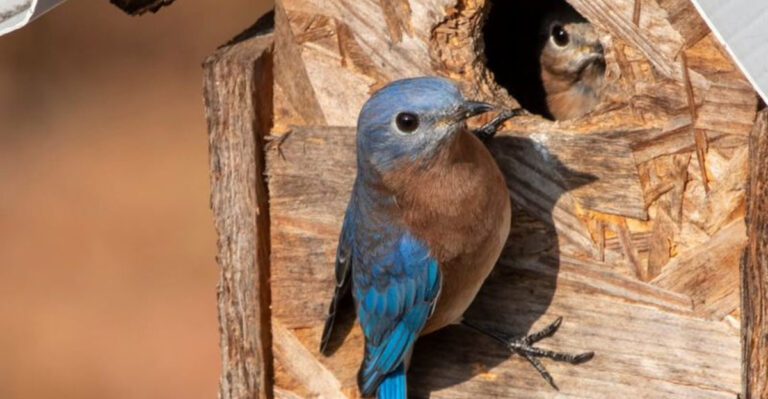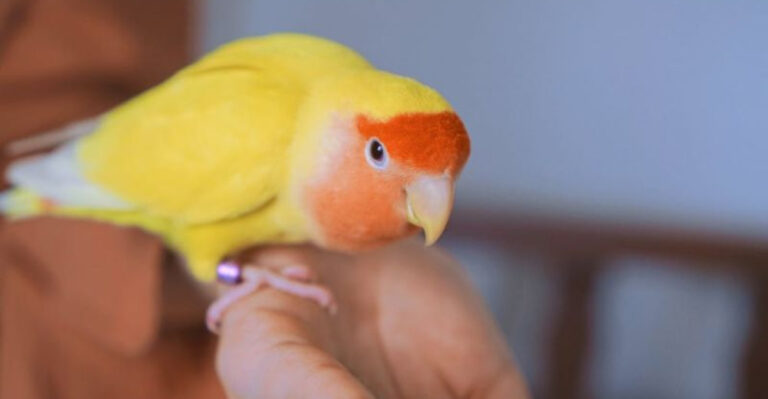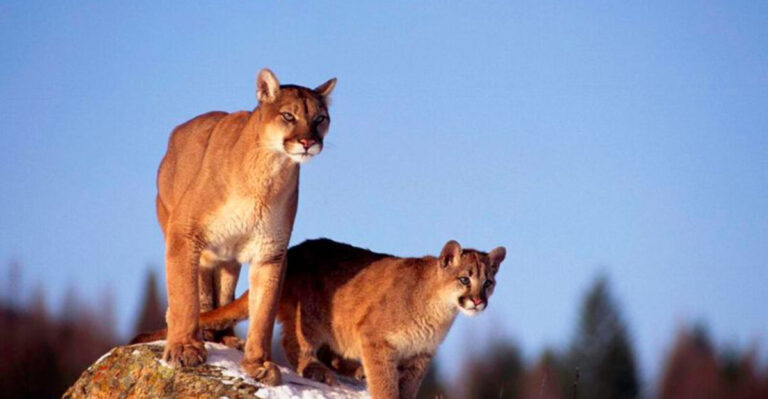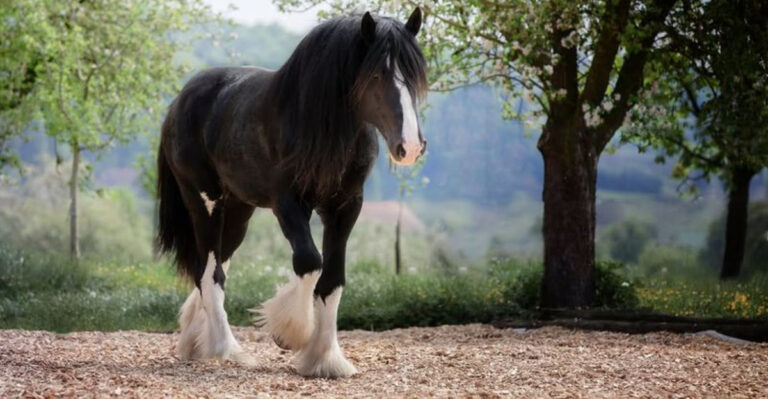10 Threatened Species That Have Made A Big Comeback In America
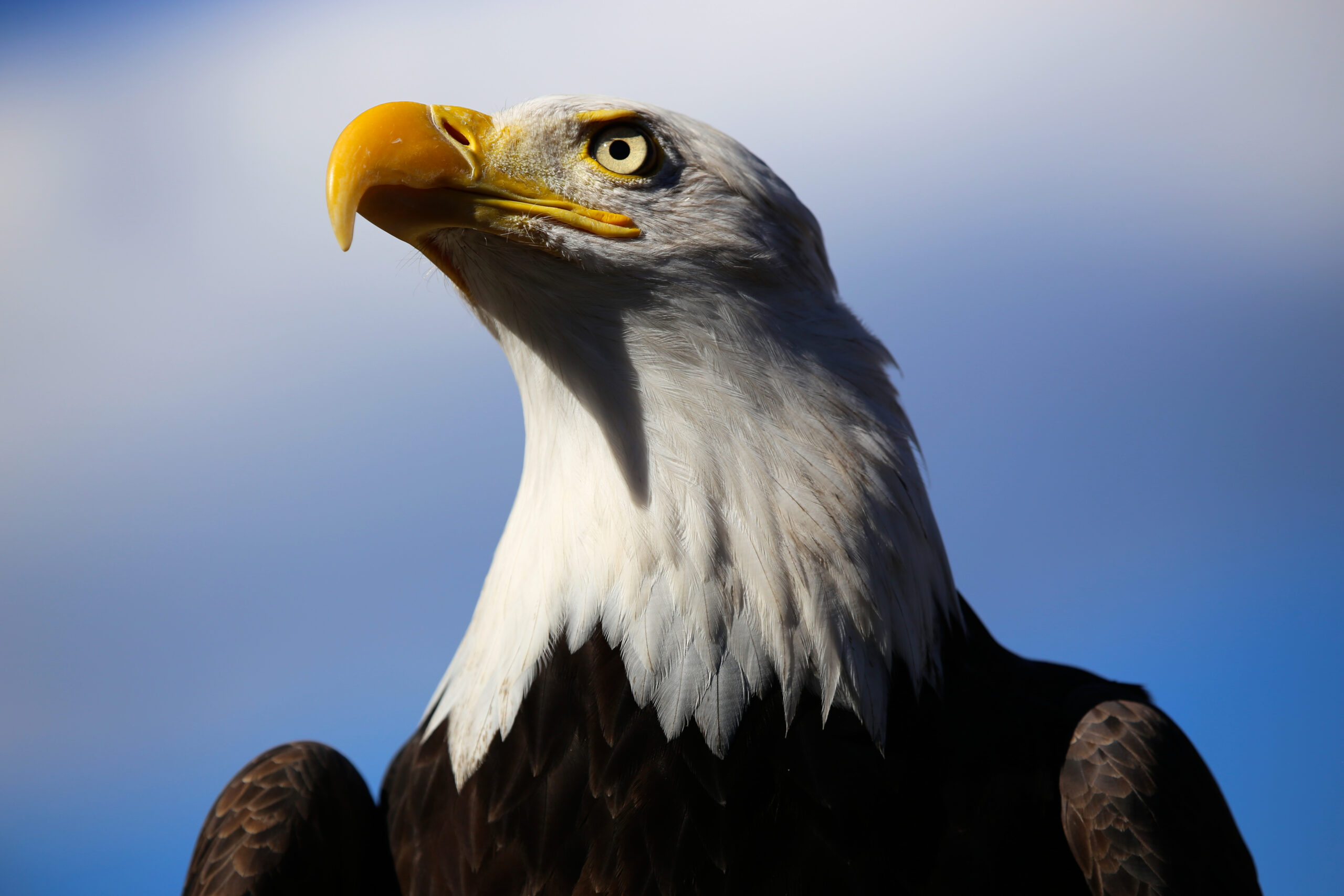
The natural world is full of wonders, but human activity has often imperiled its beauty. With conservation efforts, however, several species that were once on the brink are making notable comebacks in America.
Through dedicated efforts, these species are not just surviving but thriving, offering hope for our planet’s biodiversity. Here we celebrate remarkable recoveries.
1. Bald Eagle
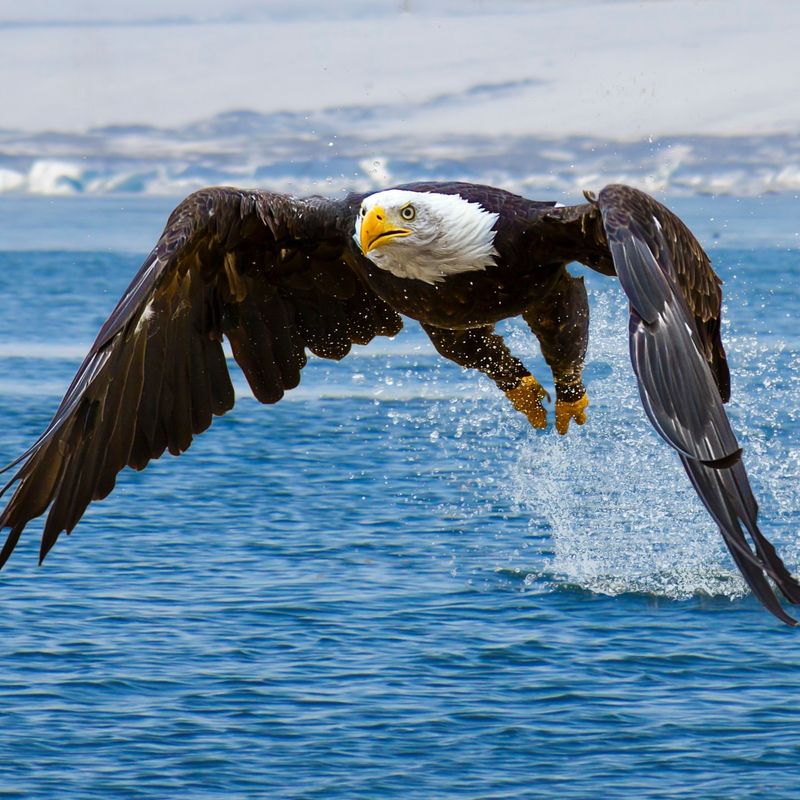
Once on the brink of extinction, the bald eagle has made a remarkable recovery. This iconic bird, symbolizing American freedom, faced severe threats from habitat destruction and the detrimental effects of DDT pesticide.
Thanks to the ban on DDT and conservation efforts, these majestic birds are now thriving across the United States. From a paltry few hundred nesting pairs, their numbers have risen dramatically. The bald eagle’s resurgence is a testament to successful wildlife management and public support for conservation.
Observing them in the wild, soaring high with their impressive wingspan, is a thrilling experience. Their comeback continues to inspire environmentalists and nature lovers alike.
2. Gray Wolf
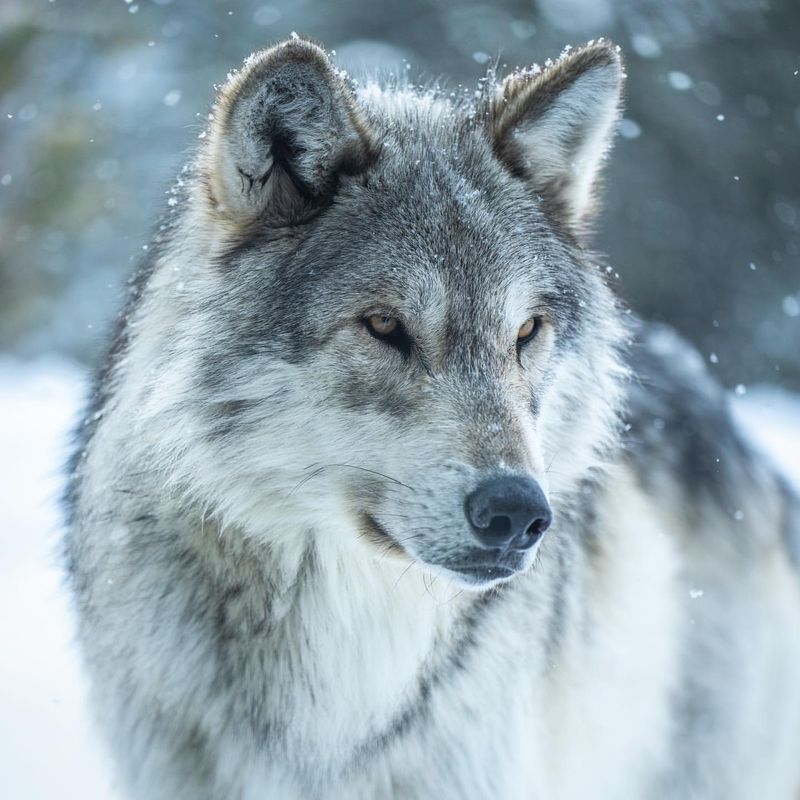
The gray wolf’s story is one of resilience and adaptation. Hunted to near extinction, these apex predators have now reclaimed their territories in parts of the U.S., particularly in the Northern Rockies. Their reintroduction into Yellowstone National Park has been a turning point.
It not only helped the wolf population but also revitalized the entire ecosystem. As wolves return, they naturally regulate prey populations, demonstrating the intricate balance of nature.
This comeback highlights the importance of predator species in maintaining healthy ecosystems and showcases the power of well-planned conservation strategies.
3. American Alligator
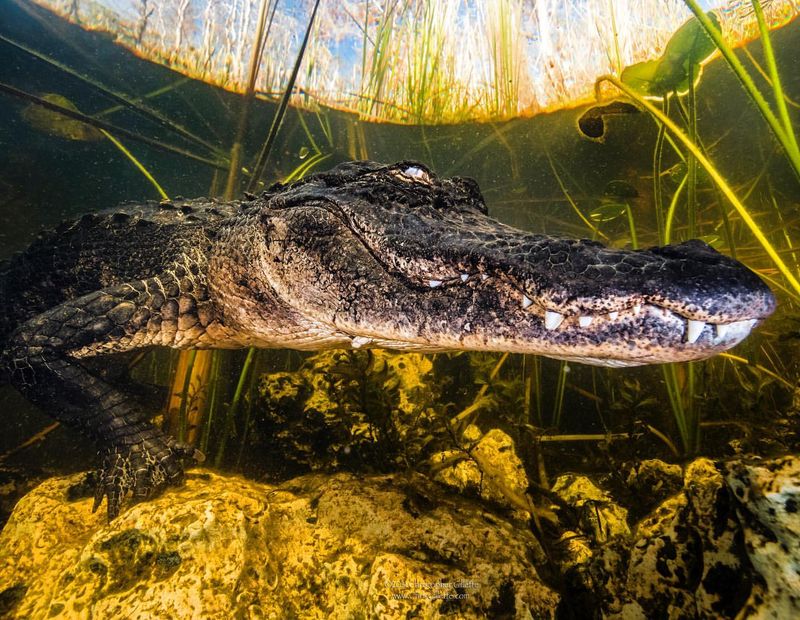
The American alligator was once heavily hunted for its skin and meat. By the 1960s, their numbers had dwindled, forcing a need for urgent conservation measures. Protection under the Endangered Species Act allowed populations to bounce back.
Today, these reptiles are thriving in their native habitats, from Florida to Texas. The alligator’s recovery is a shining example of how legal protection and habitat conservation can reverse the fortunes of a species.
This comeback story is not only about survival but about the resilience of nature when given a chance to recover.
4. Peregrine Falcon
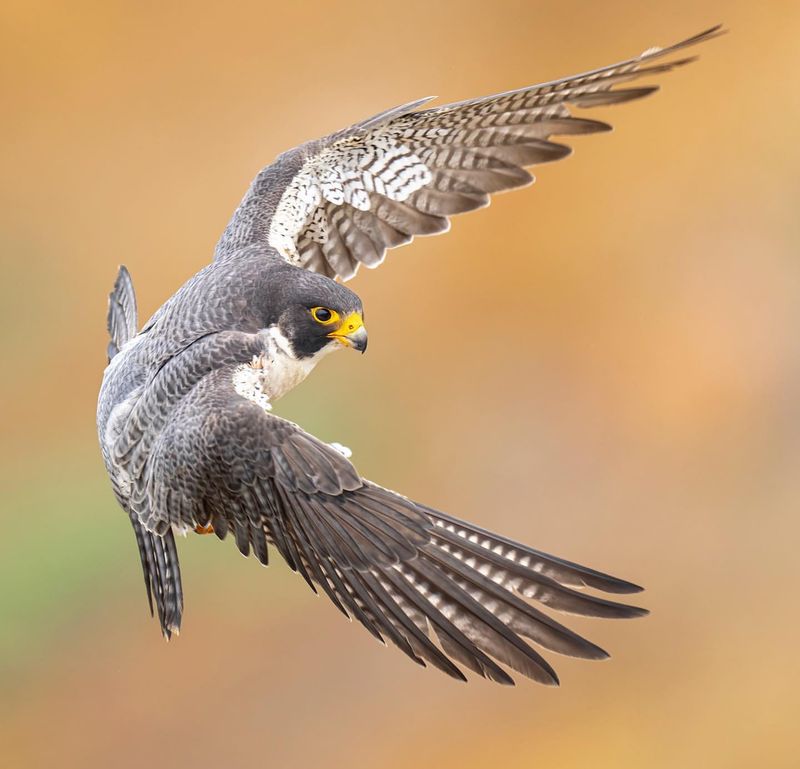
Known for its incredible speed, the peregrine falcon faced near extinction due to pesticide poisoning. However, concerted recovery efforts have seen it make a spectacular comeback. Urban nesting programs have played a crucial role in their recovery, with falcons now commonly seen in cities across America.
Their adaptability to urban environments is a testament to their resilience. This comeback story not only highlights the importance of banning harmful substances but also showcases the adaptability of species to changing landscapes. The peregrine falcon’s return is a triumph of modern conservation.
5. Humpback Whale
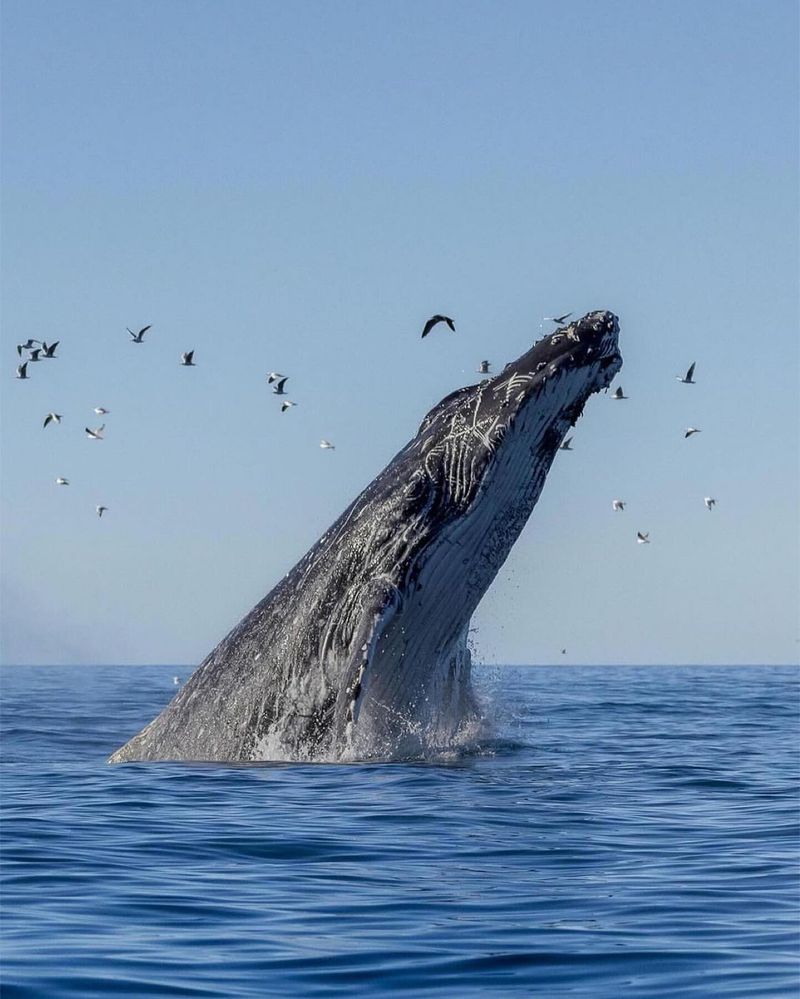
Decades of whaling brought the humpback whale to the brink. International protection measures have allowed their populations to recover magnificently.
These majestic creatures, known for their complex songs, are now frequently spotted along American coastlines, delighting whale watchers and marine biologists. Their resurgence is a beacon of hope for other marine species.
It underscores the impact of global cooperation in conservation efforts and the potential for positive change when humanity unites for a cause. The humpback whale’s comeback is a celebration of marine life and the oceans’ vitality.
6. California Condor
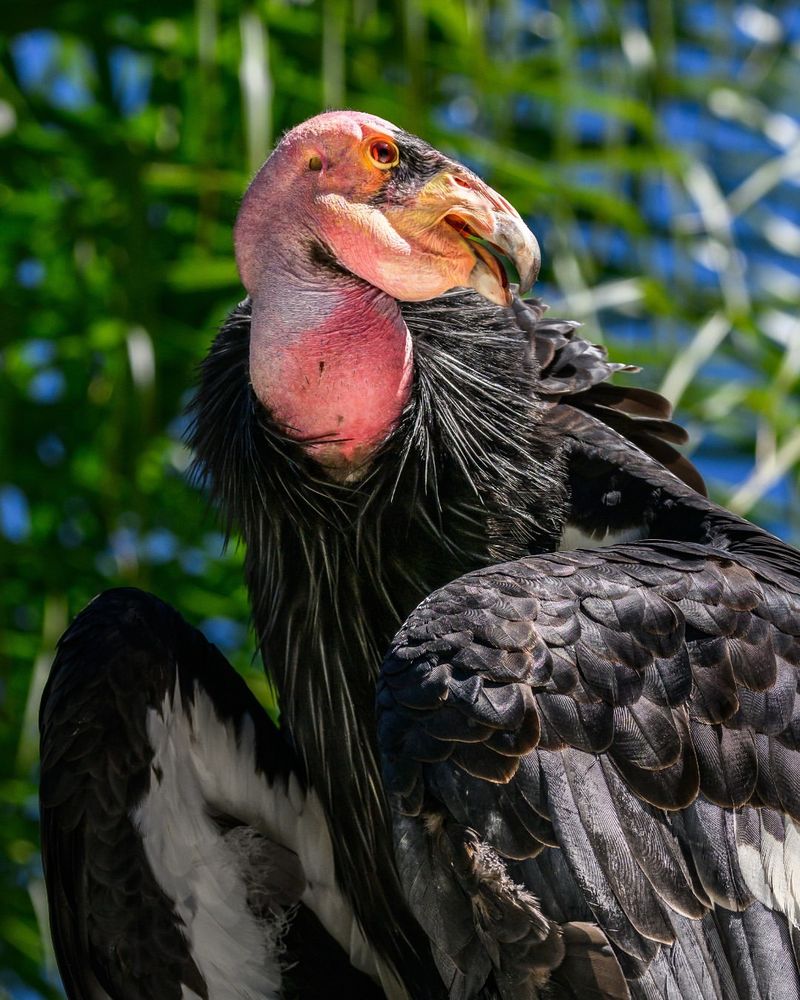
With a wingspan that inspires awe, the California condor was nearly lost forever. In the 1980s, the few remaining birds were captured to start a breeding program. This intensive management has led to a slow but steady increase in their numbers.
Today, they can be seen gliding over the landscapes of California and Arizona. The condor’s story is one of hope and persistence. It highlights the importance of captive breeding and the dedication required to bring a species back from the brink.
Their presence in the wild serves as a powerful reminder of what is possible with commitment and care.
7. Sea Otter
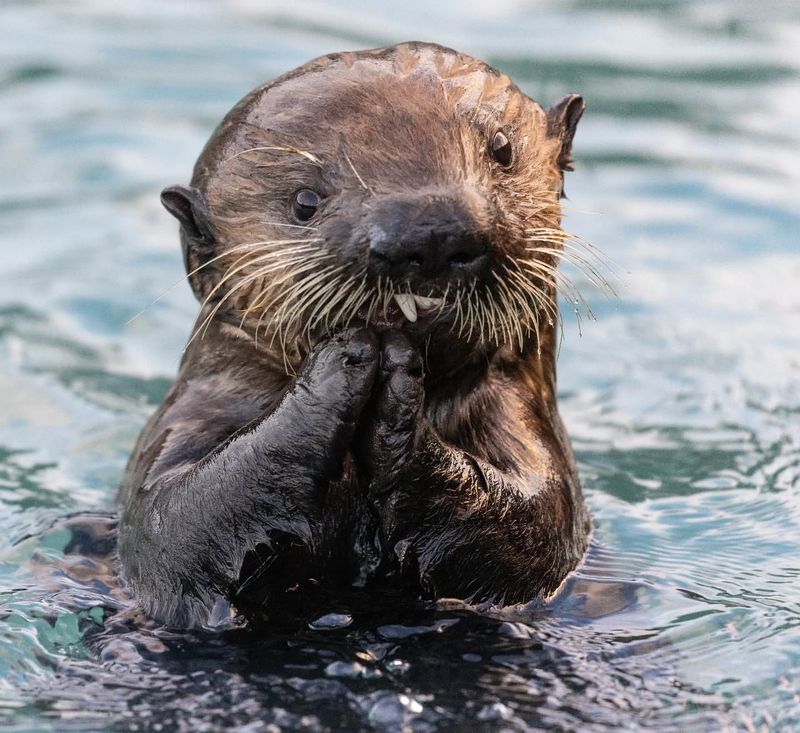
Hunted for their luxurious fur, sea otters faced near extinction. Their recovery is a testament to conservation efforts on the Pacific coast.
Some quick fun facts about sea otters: these charismatic marine mammals play a vital role in maintaining kelp forest ecosystems, showcasing the interconnectedness of ocean life. Their playful antics and endearing appearance have captured the public’s imagination, further aiding conservation efforts.
The sea otter’s comeback highlights the importance of protecting marine environments and the joy that wildlife can bring to our lives.
8. American Bison
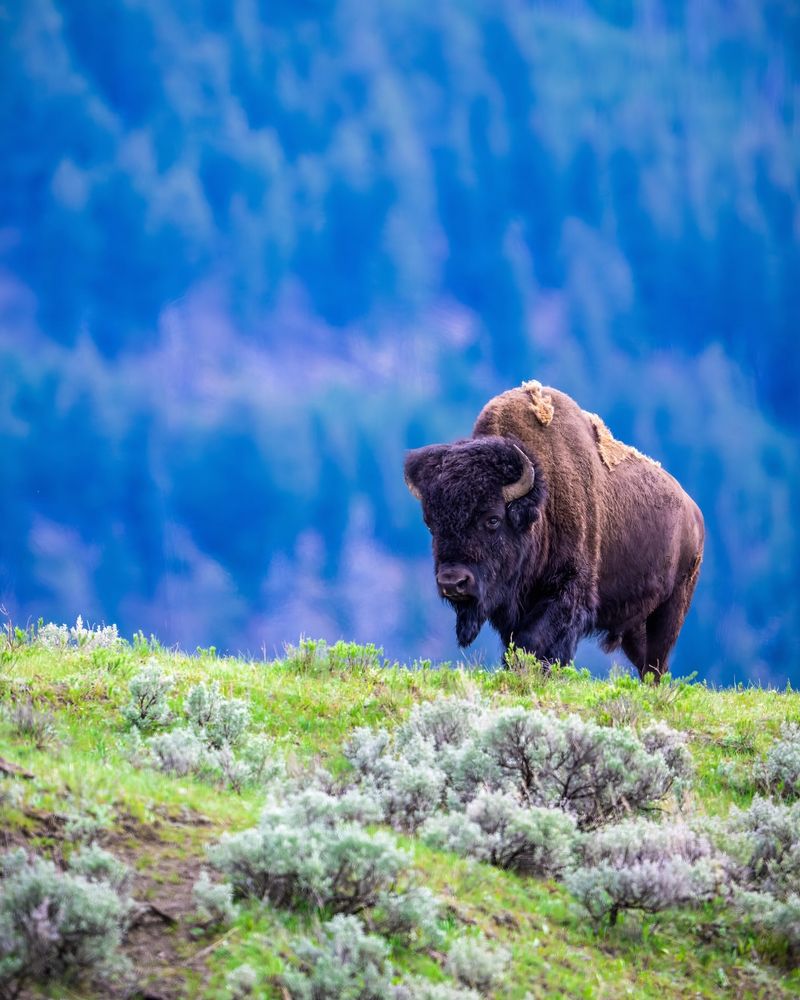
Once roaming in the millions, American bison were driven nearly to extinction in the 19th century. Now, thanks to conservation efforts, they have made a significant comeback on the plains.
Through the establishment of protected reserves and breeding programs, bison numbers have increased, allowing them to reclaim their role in the ecosystem.
Their resurgence is a symbol of prairie restoration and an example of how cultural values can shift towards conservation. The bison’s return to the American landscape is a victory for wildlife enthusiasts and indigenous communities alike.
9. Kirtland’s Warbler
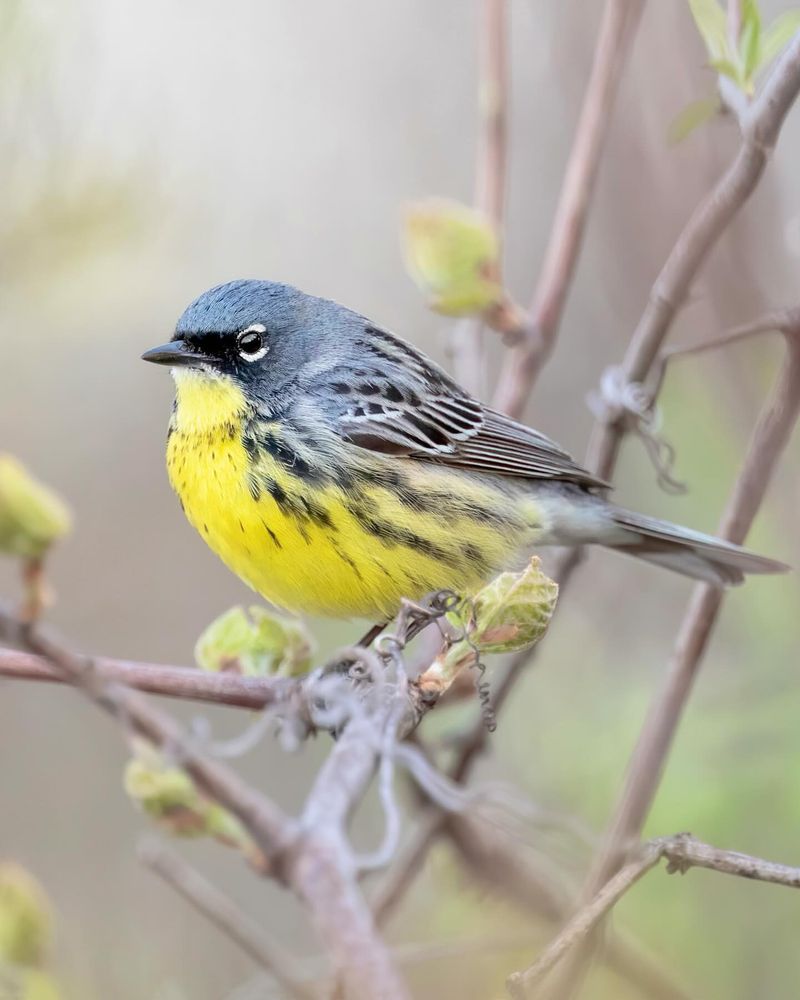
The small and rare Kirtland’s warbler faced extinction due to habitat loss. Through focused conservation efforts, including controlled burns and habitat management, their numbers have rebounded.
These songbirds now thrive in the jack pine forests of Michigan, delighting birdwatchers and conservationists with their presence.
Their recovery highlights the importance of habitat preservation and the positive impact of targeted conservation strategies. The Kirtland’s warbler is a testament to how human intervention, when done respectfully, can aid in the preservation of a species.
10. American Black Bear
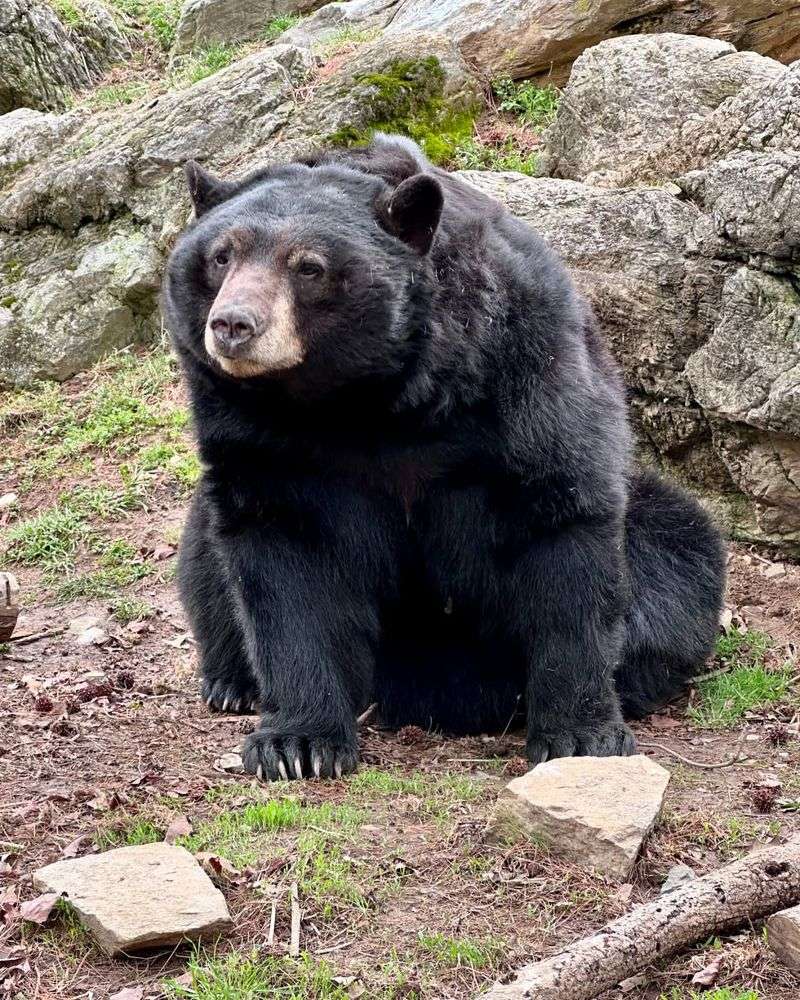
The American black bear, once threatened by habitat loss and hunting, has made a significant recovery. Conservation policies and expanding forest habitats have contributed to their resurgence.
These adaptable creatures are now frequent visitors to many rural and suburban areas, a sign of their resilience and ability to coexist with humans.
The black bear’s story emphasizes the importance of coexistence and responsible wildlife management. Their comeback is an encouraging sign of nature’s capacity to heal, offering a harmonious glimpse of what is possible when humans and wildlife share the land.


